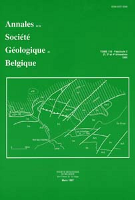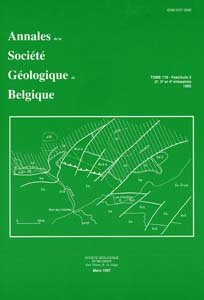- Startpagina tijdschrift
- Publications spéciales = special publications
- La géologie de l'ingénieur - Centenaire de la Soci...
- The application of engineering geology to the construction of dams in the United Kingdom
Weergave(s): 970 (15 ULiège)
Download(s): 3948 (48 ULiège)
The application of engineering geology to the construction of dams in the United Kingdom

Abstract
There are over four hundred large dams in the United Kingdom and these have been constructed over the past two centuries. Although the highest dam built to date is only 91 m the spectrum of dam-type is considerable and includes gravity, arch, various buttress and composite designs, rockfill and a wide range of earthfill structures. This variety in dam-type is a direct consequence of the regional geology of the country extending over effectively every geological system. Foundation problems associated with rock have occurred in the metamorphic rocks of the Scottish Highlands, the lower Palaeozoic of Scotland, Wales and England, and igneous rocks distributed throughout much of the country. Overconsolidated clays of Mesozoic and Tertiary age form the foundations to embankment dams in central and southern England. Most of the United Kingdom was glaciated and those areas which were not have been affected by periglacial activity. In consequence, glacial erosion and deposition leading, for example, to the formation of deep buried channels, periglacial freeze-and-thaw, cambering and valley-bulging have contributed significantly to difficult foundation conditions and different technical solutions.






